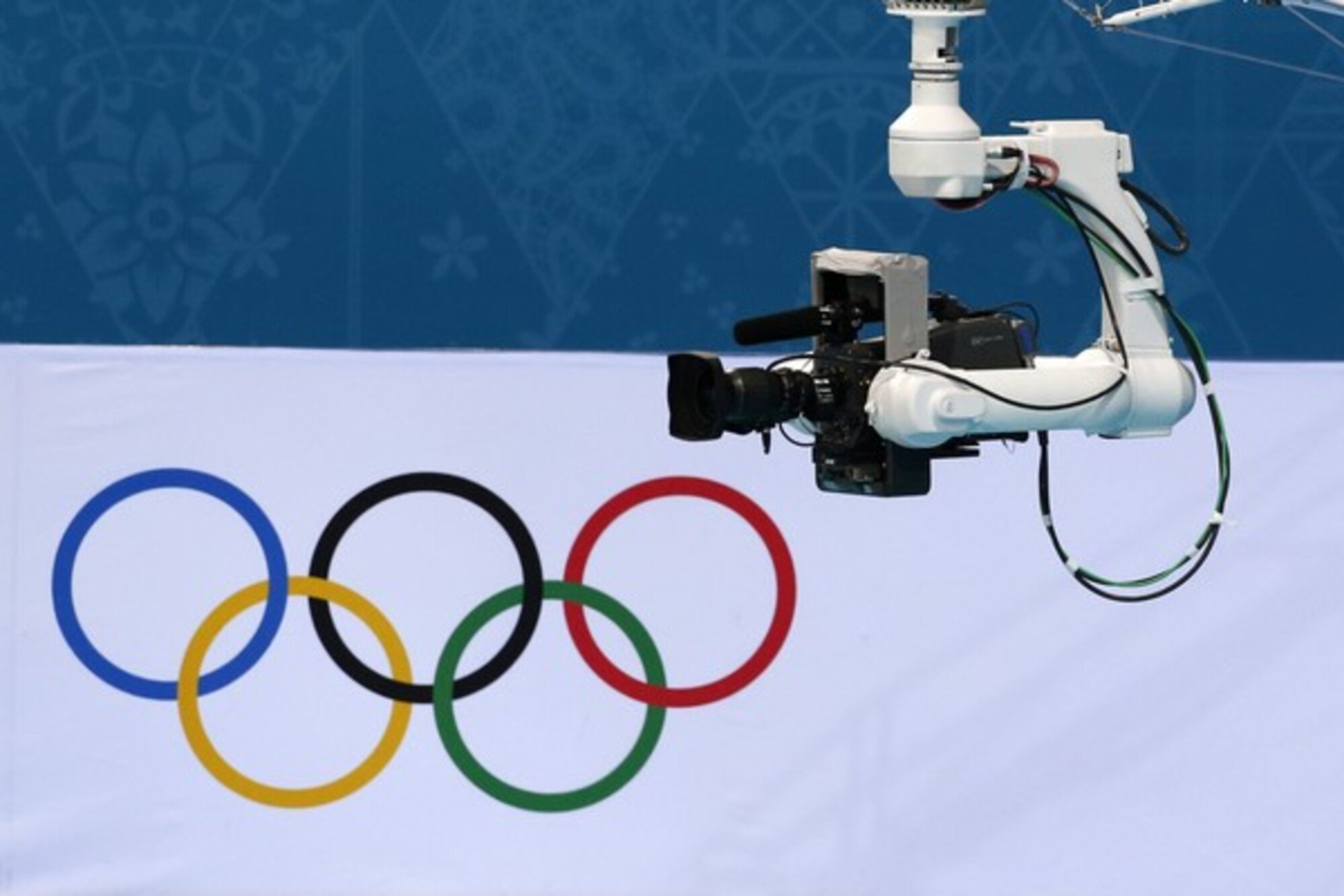We don't approach CES as a "technology for technology's sake" event. We look at it through the lens of brand marketing. How can we leverage these product and software innovations to drive more interest, engagement and sales for our clients?
With that in mind, here are 9 notable CES takeaways.
VW integrating ChatGPT across its fleet
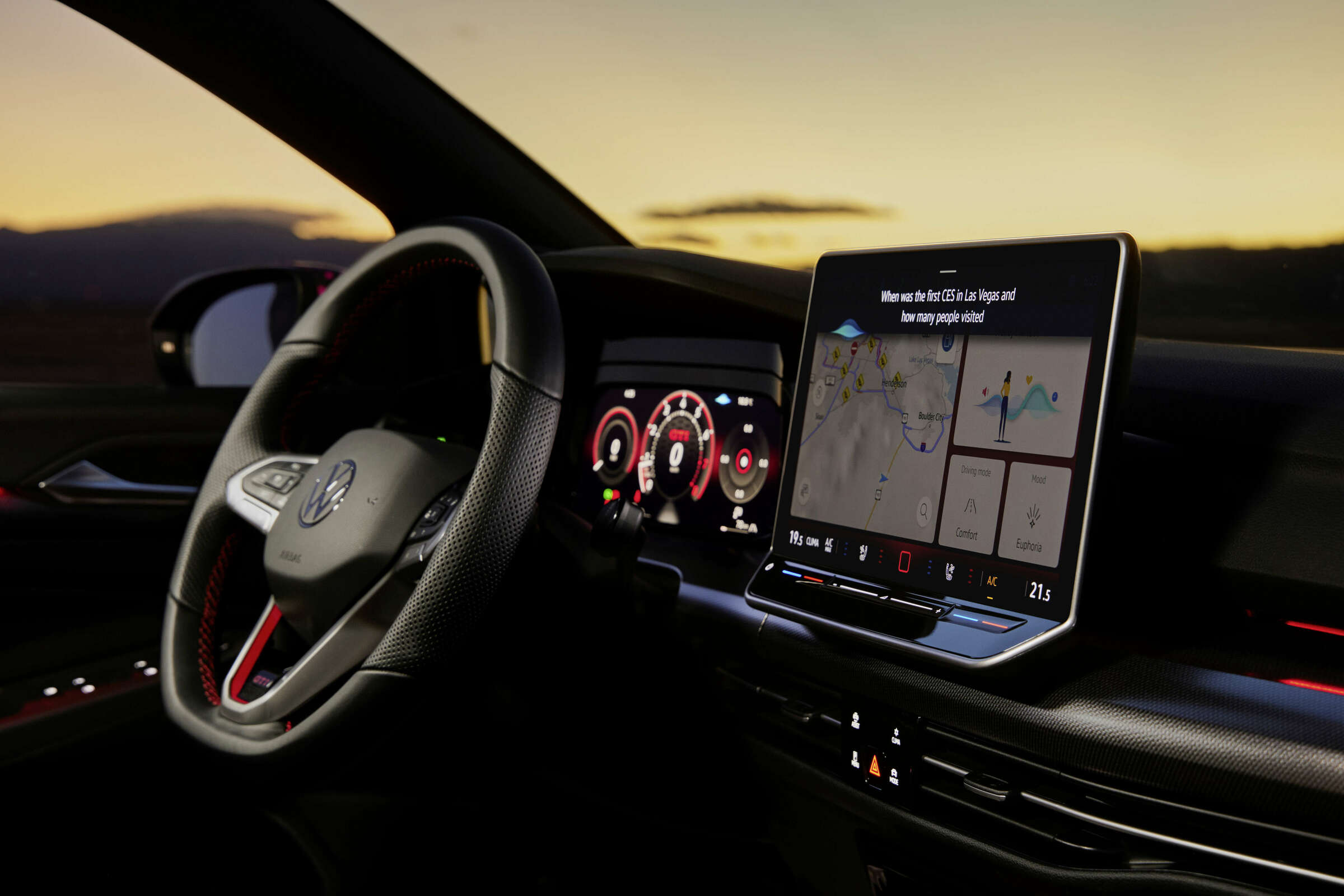
- What? Starting in Q2 2024, its vehicles will add the OpenAI LLM to its in-car voice assistant. In addition to navigation and car controls, the bot will be available for "general knowledge questions."
- So what? As other manufacturers adopt similar tech (Salesforce projects AI-powered connected cars will represent 95% of all US vehicles by 2030), SEO for AI / voice search will be more important than ever.
Walmart Gen AI-powered search

- What? The retailer announced a new GenAI-powered search experience for iOS customers. It lets shoppers search by use case (e.g., "football watch party" versus individual searches for chips, wings, drinks, etc.) and generates relevant, cross-category results.
- So what?
- With AI-powered search, products will be displayed based on relevancy and context rather than simple keyword matches. We'll work with brands to integrate keywords or phrases pertaining to specific contexts or use cases rather than focusing solely on product-specific keywords.
- Brands can aim to create associations with specific use cases through external marketing efforts and/or via a display takeover ad.
- While brands may not have direct control over Walmart search results, they can work collaboratively with Walmart to optimize their listings and categorization to align with use cases the AI algorithm identifies, or to create their own use cases to bundle products.
Transparent TVs
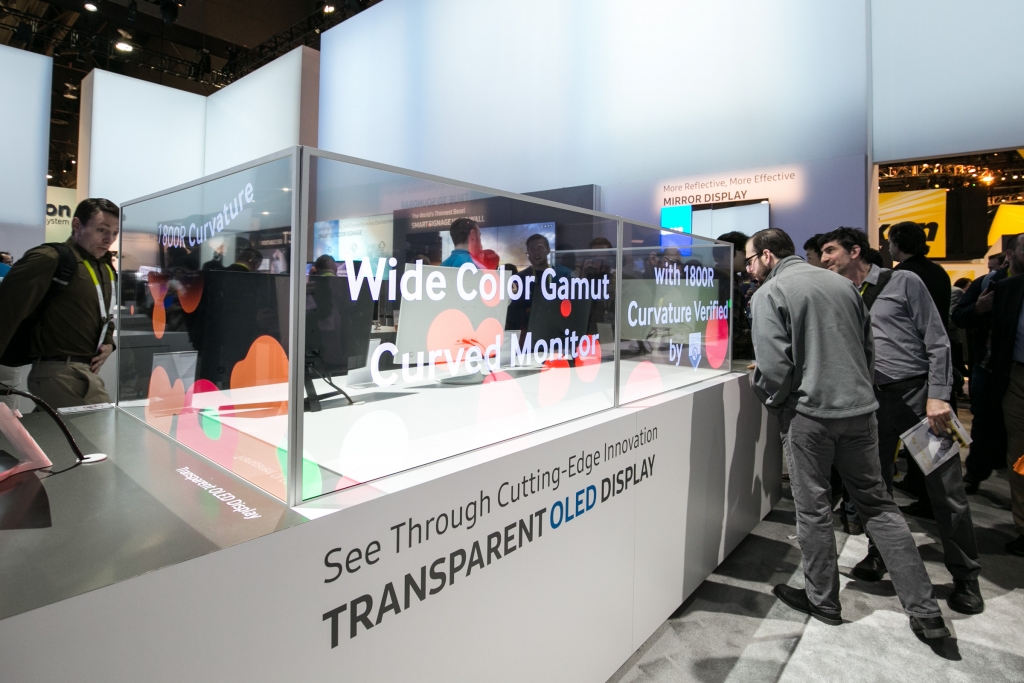
- What? We've seen transparent displays before, but this year they're bigger, better, clearer, and available in more configurations. Samsung and LG both had major presence at the show with their versions.
- So What? We believe these will be useful for innovative retail display; museums and exhibits; interactive promotional displays; real-time product customization; and advertising in public spaces.
Rabbit R1 AI Assistant

- What? The R1 is a handheld device with a display, 360-degree camera, analog scroll wheel, and an AI agent. It can execute tasks from simple information lookups to complex travel planning and online shopping. It has a training mode for teaching the device new skills.
- So What? The training mode lets users customize its capabilities. This can provide brands with a more seamless way to engage their mobile app users by integrating their services through the Rabbit OS.
Samsung's Baillie

- What? Ballie is a home robot assistant that can autonomously move about to complete tasks using built-in speakers, microphone, camera, and projector. It learns owners' habits to provide personalized services like answering calls, displaying notifications, and controlling smart home devices. Its mobility, built-in projector, and ability to interface with appliances and systems make it more engaging than static smart speakers.
- So What? Its projector will allow Ballie to display relevant interactive and gamified ads that users can engage anywhere in their home.
XReal Spatial Computing
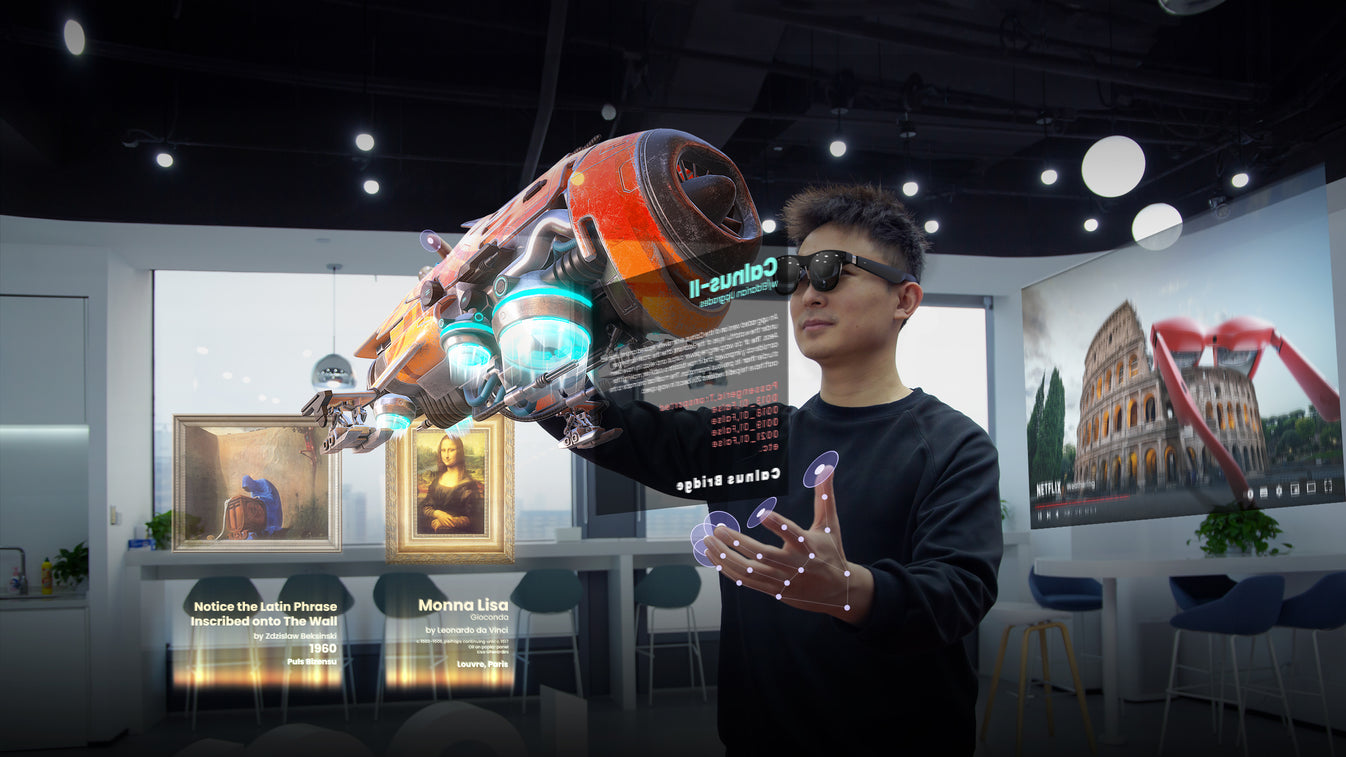
- What? Xreal's new Air 2 Ultra AR glasses use dual 3D sensors for rapid environment mapping, and spatial computing for hand tracking and mapping rooms in 3D. This allows persistent placement of virtual objects that remain fixed as users move around naturally. These AR glasses create an augmented canvas beyond screens, letting users multitask through overlays without losing spatial presence.
- So What? Since users can interact with their eyes, hands, and voice inputs, the glasses can transform any physical space into an immersive environment for entertainment or productivity through external applications. TL;DR? Brands could create engaging 3D ads which users can manipulate and interact with.
LG ThinQ - AI Platform for the Smart Home
-
What? ThinQ is LG's AI platform that learns from user interactions across LG products like TVs, appliances, and robots. It collects usage data like search queries, voice/video, and activity to let LG devices communicate and provide personalized experiences.
-
So What? Integrating the ThinQ AI across LG's product ecosystem aims to create smart homes that can understand users' needs and automate tasks more efficiently. As more LG devices are connected, the AI can gain a holistic view of each user to provide customized assistance. For marketers? ThinQ could enable serving highly targeted ads across their products based on data collected across multiple appliances.
Prinker Temporary Tattoo
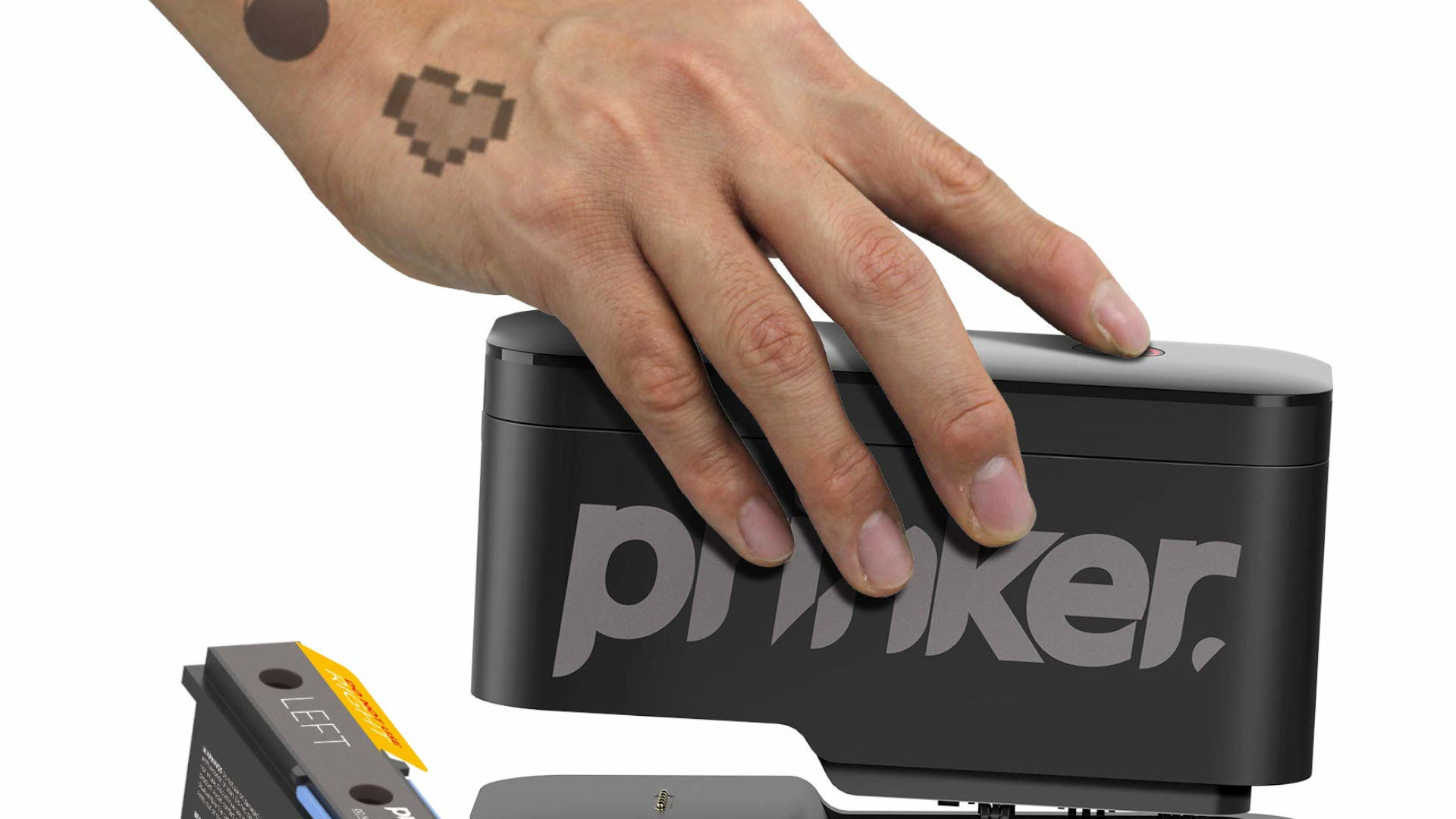
- What? Prinker bills itself as the "world's first temporary tattoo device."
- So what? We immediately grasped its potential to add a fun element to experiential events; as a non-transferrable way to replace wristbands and ink stamps for event access; or as part of a guerilla marketing effort.
Nimble Beauty

- What? Nimble is an AI-powered at-home manicure device described as a "Nespresso machine for manicures." Users insert their hand and the AI uses cameras to detect nails before performing automated salon-quality manicures with custom polish and (eventually) nail art.
- So What? We can see it developing into a platform to share branded designs for any activation through their app. We can see this being used for product launches, exclusive add-ons for digital bundles, and at experiential activations.
Now what?
We've shared the "What?" and "So What?" we took away from CES. Want to know the "Now What"? We'd love to share that with you, too. Get in touch!


